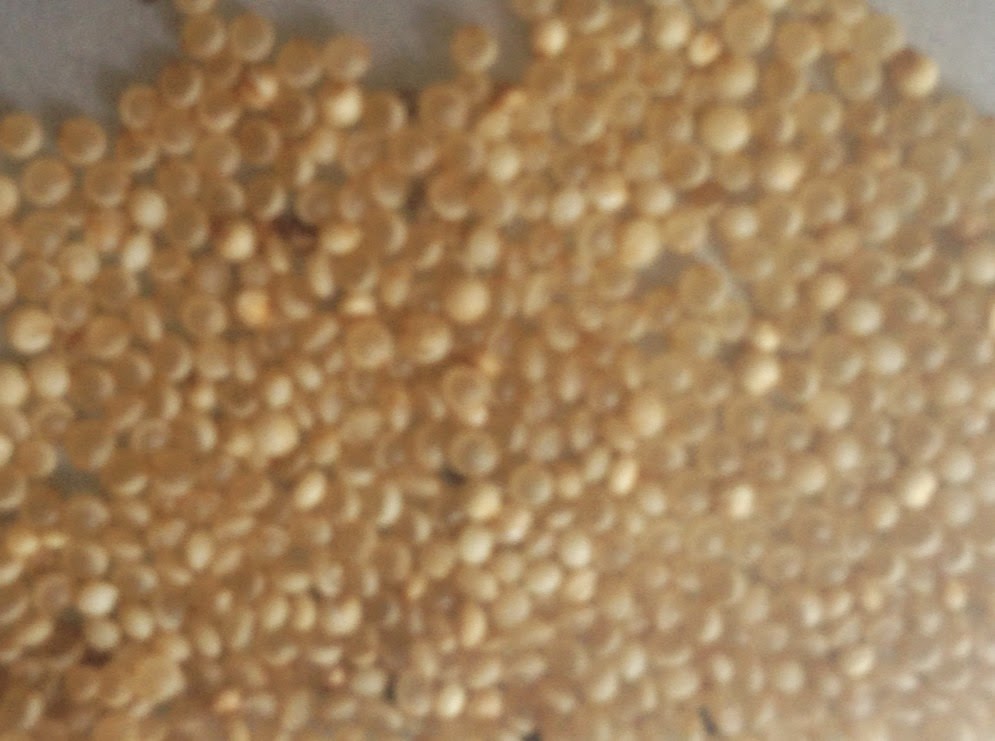Capsicum annum Bolivian Rainbow peppers
These are one of the most beautiful peppers I have seen which is why they are also called ornamental peppers! These peppers are Bolivian origin, hot and ornamental.
These Tear-drop shaped peppers turn from purple to yellow, to orange, to red with all colours present on the plant at the same time. They are so beautiful to look at. Some people refer to them as Christmas light peppers. They also have purple foliage and flowers and yield mini tiny pointed 1 inch fruits.
Packed with goodness! Peppers are low in Saturated Fat, and very low in Cholesterol and Sodium. It is also a good source of Thiamin, Niacin, Folate, Magnesium and Copper, and a very good source of Dietary Fiber, Vitamin A, Vitamin C, Vitamin K, Vitamin B6, Potassium and Manganese.

Take another look at this beauty!
Growing is simple
Grow indoor 8 weeks before the average last frost date in your area. i.e enter your area and ''last frost date' in Google :)
Get a few small planting pots Plant a Bolivian Rainbow pepper seed in each , sparingly covering the seeds with soil. water lightly and keep in a warm area of your kitchen. water once or twice a day
Keep looking daily until you see a sprout! :)
You are almost ready to transplant this should be about 10weeks after you planted. you would know when by the feel of the soil. if its damp then it is not ready...if it however feels like a cake...you are good to go:)
You are almost ready to transplant this should be about 10weeks after you planted. you would know when by the feel of the soil. if its damp then it is not ready...if it however feels like a cake...you are good to go:)
You need the sun now. Dig down 12 inches and remove the weeds and rocks you find. Mix in a 2-inch layer of compost. Place the transplants 18 to 24 inches apart. At 18 inches, the plants will grow into one continuous entwined plant with a solid mixture of leaves and multicolored peppers, while planting them farther apart gives a look of individual plants. I would keep them together...
Gift it stylishly! Plant it stylishly too...
Use colourful ceramic pots, yellow, green, purples, whatever mood you are in :)










